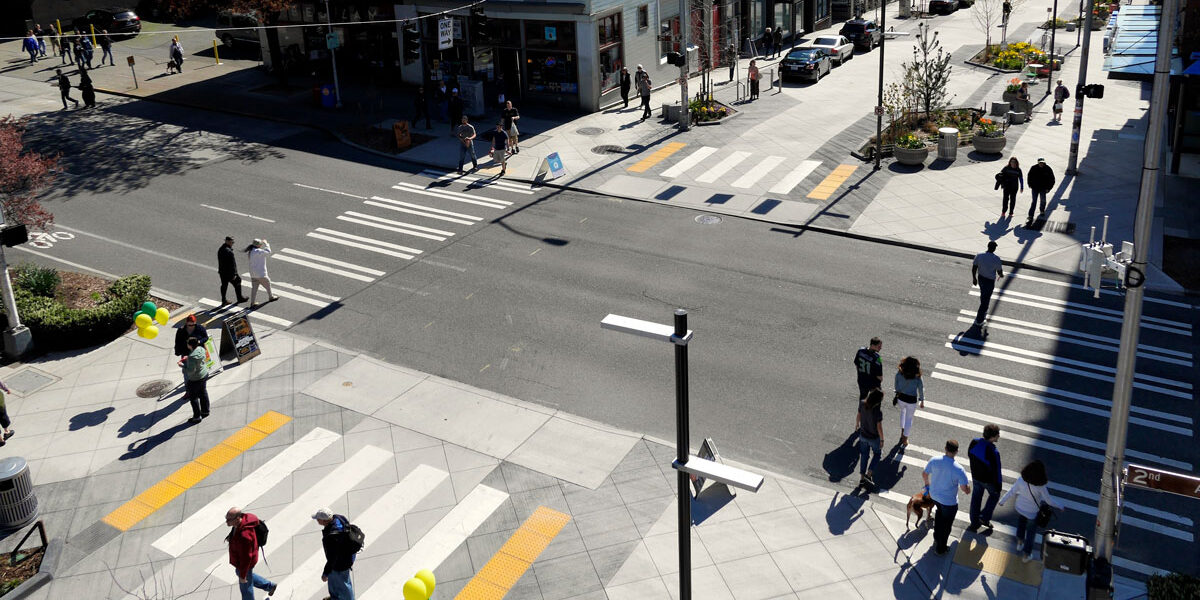The American Society of Landscape Architects (ASLA) recently published a Guide to Universal Design, aimed at creating more inclusive designs for populations traditionally underserved by the built environment.
“While the U.S. has the ADA and other building requirements that establish minimums for accessibility, many countries do not, says Melissa Erikson, MIG Principal and Director of Community Design Services. “These globally distributed guidelines will help everyone bring designs beyond compliance and minimums, toward a more inclusive and welcoming public realm.” Erikson, and a team of MIG Landscape Architects and Universal Design specialists, were part of the ASLA advisory group for the guidelines.
The design guidelines address the needs a wide range of abilities including those who are deaf or hard of hearing, who are blind or have low vision, and those who have a physical disability—as well as those who are autistic or neurodevelopmentally or intellectually disabled. ASLA principles for the built environment include that it be accessible, comfortable, participatory, ecological, legible, multisensory, predictable and walkable/traversable.
Sections are organized around the different types of public spaces that landscape architects and planners design: neighborhoods, streets, parks and plazas, playgrounds and public gardens. It includes case and research studies, articles and resources from nonprofit organizations around the world.
“ASLA felt it was really important that the information be free and available online—no books—so everyone can easily use and apply them,” Erikson says.

